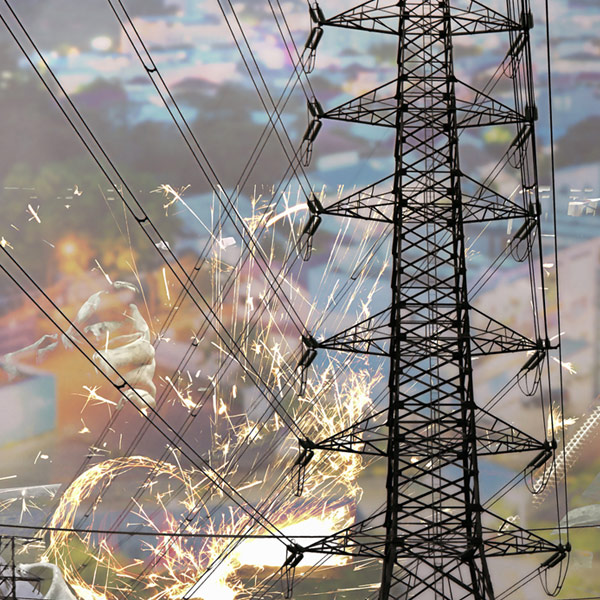 Utility Incentive Programs
Utility Incentive Programs
ERI’s utility DSM support services include
Emerging Technology Assessments
The ERI team has direct experience working under the California framework of the Emerging Technologies Coordinating Council (ETCC), and understands the CA-IOU’s short and long-term goals with the Emerging Technologies program. We know the ETCC protocols for technology assessments, technology development studies, and scaled field placements. ERI understands from first-hand experience the importance of reporting requirements and the communication of results to a broad audience with varying technical knowledge. We have experience with the full life-cycle of Emerging Technology (ET) Assessments for a number of advanced technologies. This includes site selection, onsite in-situ installations, scaled field placement, host site coordination, data collection, analysis, and report writing.
Emerging Technology Study
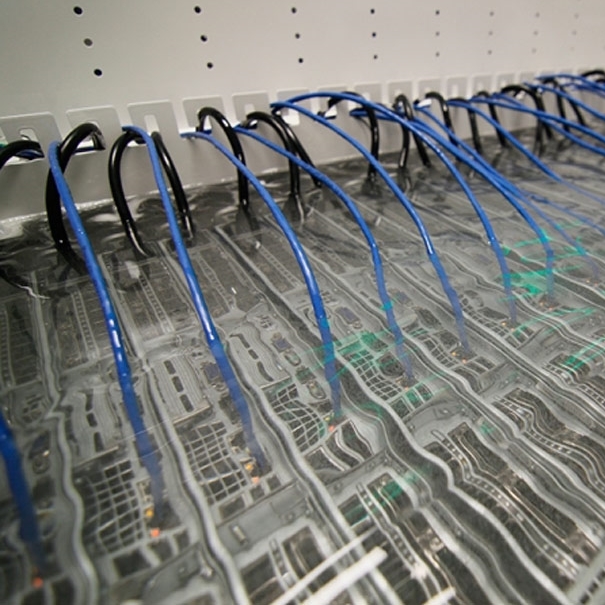
Industrial Motors Controller
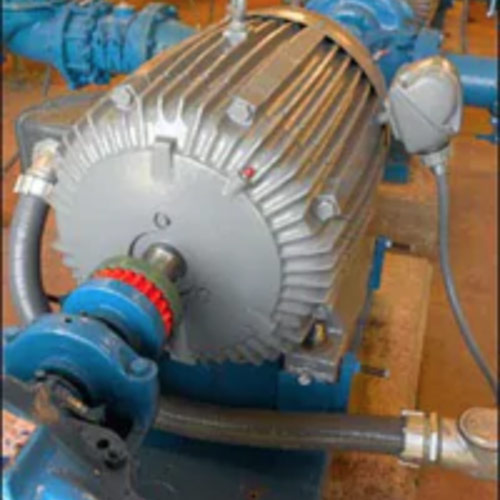
Market Characterization Studies
ERI has experience developing market studies for California utilities within the commercial, industrial, and agricultural sectors. To ensure inclusion of currently available information, we mine existing data sources such as the Non-Residential New Construction (NRNC) database, Database for Energy Efficiency Resources (DEER), California Commercial End Use Survey (CEUS), U.S. Census data, utility program reports, and available customer data. Thorough surveys and interviews are performed to obtain missing information and gain insights. We use Community Asset Mapping (CAM) to identify local networks, community groups, and influential leaders. The methodology involves listening to the voice of the consumer, the application of quantitative methodologies to map the community structures (e.g., geographic layouts and gathering places), demographics, early adopters, media markets, and social network connections.
Recent and current market studies include:

Warm Mix Asphalt
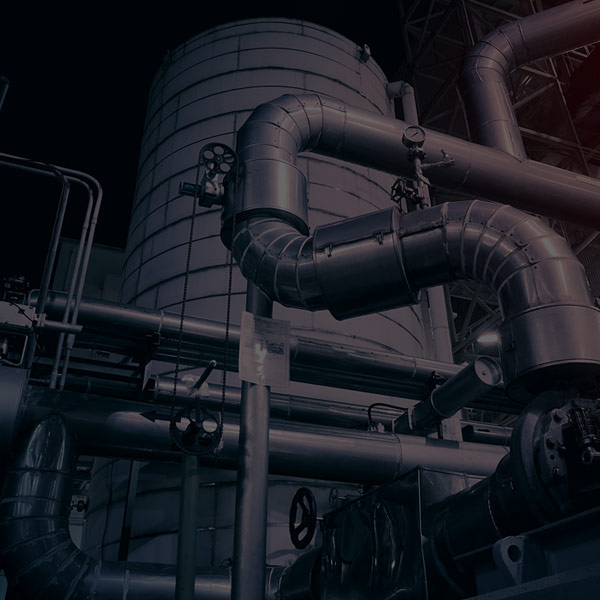
Heavy Industrial

Indoor Agriculture

Cannabis Cultivation
Measure Design and Development
ERI’s experience in measure / product development includes coordination among statewide IOU’s, and Codes and Standards teams to identify and develop new deemed measure opportunities. Policies, procedures, applicable products and technologies, and corresponding resources are developed for measures. We assess appropriate incentive channels, as well as help determine rebate amounts, analysis approach, and specific M&V concerns. Below are some recent examples of the various ways we have helped design and/or develop measures:
-
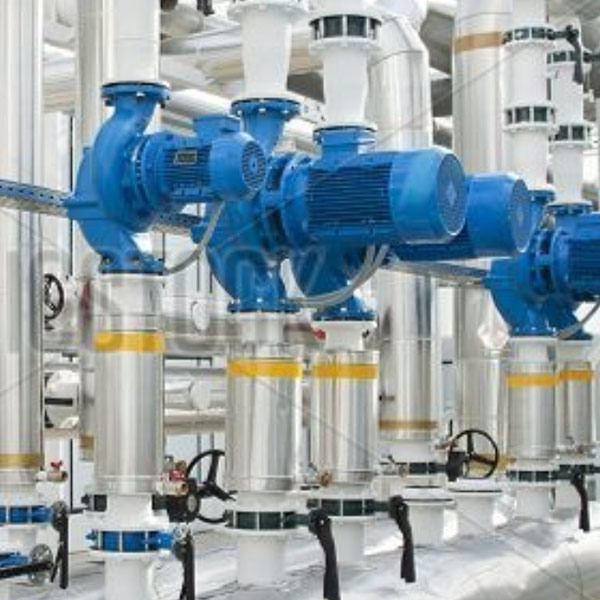
Industrial Pump System Upgrades Measure
ERI developed a custom measure and accompanying technical guide for a holistic approach to industrial pumping upgrade projects: defining level of rigor, test procedures, documentation requirements, calculation methodology, and M&V approach. The technical guidelines are intended for project developers (program engineers and third-party implementers) to have a clear understanding of the technical and policy requirements for the measure.
-
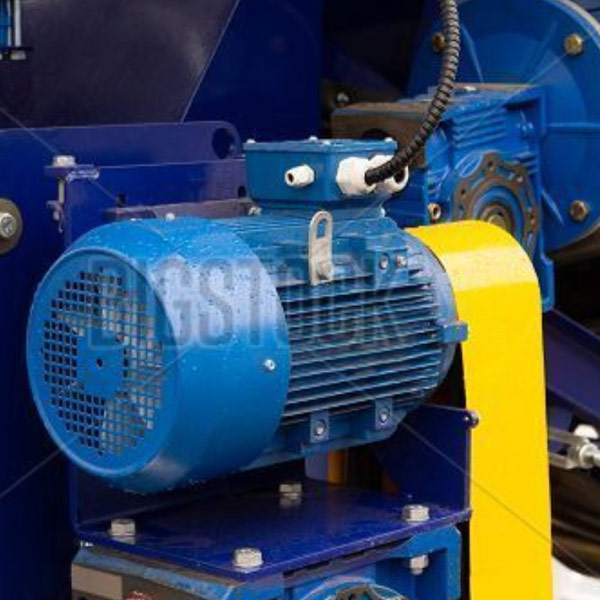
Low Horsepower Motor Study
ERI provided a technical study for workpaper development research for PG&E’s Deemed Product Support team to assess potential for high efficiency motors that exceed NEMA Premium efficiency standards. The energy savings were evaluated at various motor sizes, utilizing a database of efficiencies and assumptions obtained by ERI during literature review. ERI reached out to motor manufacturers and vendors, obtaining pricing for all available products on the market, performance data, and current market penetration data within California. TRC was calculated to assess program viability.
-
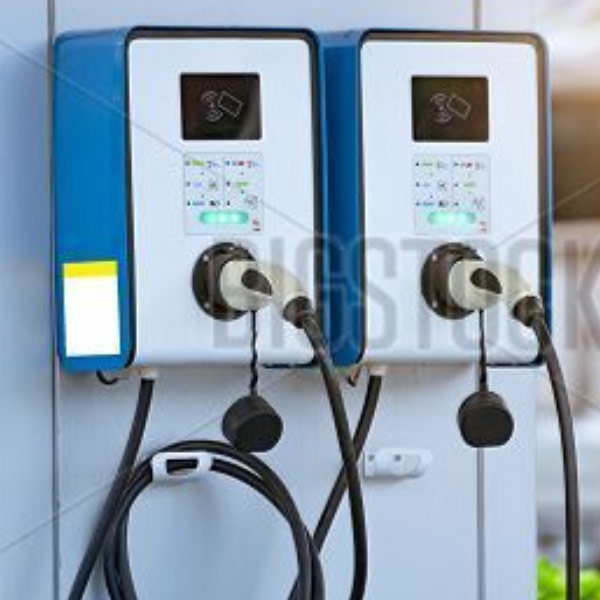
Hybrid Measure Design
ERI provides measure design, development, and implementation support for a utility’s industrial incentive program. In one instance, CPUC Energy Division required a measure design modification from the utility to reflect accurate savings estimates for a particular deemed product. The solution involved transitioning the prescriptive rebate program to a “hybrid” approach based on calculated savings estimates rather than a standard per-item savings claim. A simplified calculation tool was developed, and the customer application channel and rebate amounts remained unchanged.
-
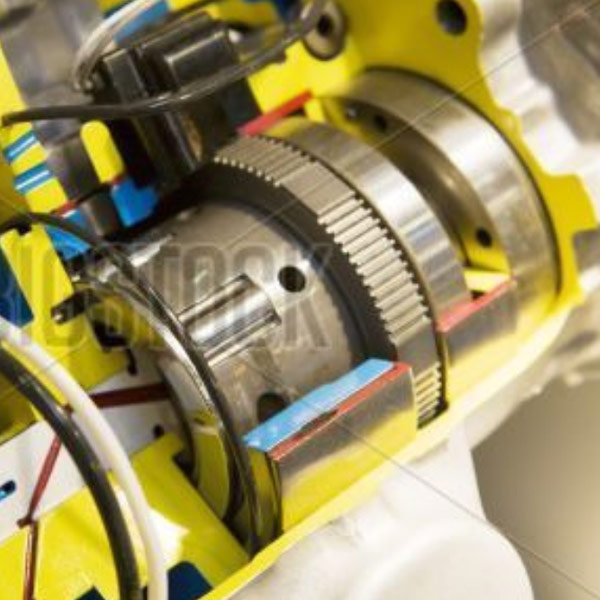
Electric Motor Early Retirement
ERI performed primary research for electric motor early retirement for the industrial and agriculture markets. ERI communicated the research results to the utility and Commission staff to obtain approval for pilot projects. ERI, with utility account manager support, successfully recruited customers for and executed the pilots. The results from the pilot projects demonstrated considerable savings and was used by the utility to evaluate cost effectiveness to move forward as a program.
Program Design and Analytics
ERI has supported the program design for various sector-based programs pertaining to industrial, commercial, agricultural, and state agency customers. We help to ensure the success and cost-effectiveness of program strategies and where to prioritize efforts. Our team analyzes existing program data to compile databases, investigate trends, and develop strategies for program improvement.
Large Integrated Audit Program Assessment
A utility requested ERI to help assess the core audit program offered to its large industrial and agricultural customer base. ERI compiled a detailed database of customers and measures to gain insight and develop trends of the effectiveness of the energy audit program. The data was used to inform future program design, as well as to help develop outreach and targeting efforts across various market sectors. The database demonstrated that due to high savings potential, conversion rates, and customer potential, specific market-sector targeting efforts were recommended across various industrial customers. These recommendations are also supported by the classification types of measures that were being converted into paid incentive projects. The data provided information on the profiles of customers historically targeted by the program, the types of measures recommended, and which recommendations successfully converted into incentivized projects attributed to the program.
Deemed Program Improvements
In providing a workpaper and catalog audit for a utility core products team, ERI determined discrepancies in the program requirements as related to building type, vintage, climate zone, rebate type, and technology-specific criteria. The data and findings were also compared against the other state investor owned utilities (IOU) to identify differences in published data across similar offerings. This review included assessing accuracy of stated requirements of these parameters for a total of 338 deemed measures. A total of over 450 potential issues were discovered and remedied. An example: rebate amounts that were higher than incremental measure costs.
Workpaper Development
The ERI team has developed, reviewed, and maintained numerous workpapers to establish deemed products in energy efficiency programs. We utilize resources such as DEER and other recognized studies and sources which are acceptable and approved for use. We are experienced with modeling software, regulatory requirements, and Total Resource Cost (TRC) calculations. Working with stakeholders to assess goals, identify challenges, coordinate responsibilities, and gather feedback, ERI has ensured quality and timeliness of the workpaper process. ERI has worked to coordinate such parties as CPUC staff, statewide IOU representatives, field engineers, third parties, and others. Regular and frequent communication is provided to stakeholders to inform them of timelines, milestones, and any challenges or potential delays.
Examples of recent workpaper development include:
- Process Fan VFD
- Large HP Dust Collection VFD
- Air-Cooled Packaged Chiller
- Demand Controlled Ventilation
- Commercial Ice Machines
- Variable Refrigerant Flow Systems
Technical Reviews
As a technical reviewer for custom projects, ERI is responsible for ensuring projects meet the technical and policy requirements set by the state and IOUs. Our quality control standards help mitigate risk across the utility portfolio. Among the hundreds of technical reviews performed, ERI has honed its specialization in large industrial process retrofits, commercial retrocommissioning, and horticultural lighting projects.
This expertise includes:
- Deep knowledge of building codes and industry standards
- Custom process and policy expertise
- Understanding of complex interactive systems for indoor ag to ensure savings are accurately modeled and reflected on the grid
- Experience with the use, review, and creation of tools to model and analyze these systems
With continuously evolving products being installed and submitted for incentives, our team has reviewed numerous emerging technologies and products for lighting, HVAC, and ventilation. Our reviews bring valuable feedback that ultimately improve the quality of both the custom process and the utility project portfolio.
Program Implementation
ERI provides program implementation support to various utility programs through energy audits, building modeling, retro-commissioning, and various other elements of program delivery. We specialize in large commercial, industrial, and agriculture sectors. ERI helps bring in savings through targeted customer outreach, as well as networking with key trade allies to help drive measure adoption across industries. We regularly attend industry trade professional meetings to understand the latest developments and offer program information to interested parties, building a network of customers and resources. ERI is a trusted advisor to many customers, resulting in repeat customer participants over time. We utilize numerous technical sales approaches to achieve long term energy and cost reduction goals, often through engagements for customers with several locations. Savings achievements come via numerous channels including custom, deemed, trade-pro networks, and OBF utilization.
Measurement and Verification (M&V)
ERI has an extensive library of tools for measuring energy, power, light, pressure, flow, and various other parameters. We perform measurements on short and long-term basis using data loggers and building/energy management systems (EMS/BMS) or Supervisory control and data acquisition (SCADA). We regularly perform measurement and verification (M&V) following International Performance Measurement & Verification Protocol (IPMVP), ASHRAE Guideline 14-2014, or Federal Energy Management Protocol (FEMP) at the discretion of the client. The ERI team’s theoretical background, analytical capability, and experience allows us to interpret and analyze the measured data to make sound and accurate deductions and conclusions.





